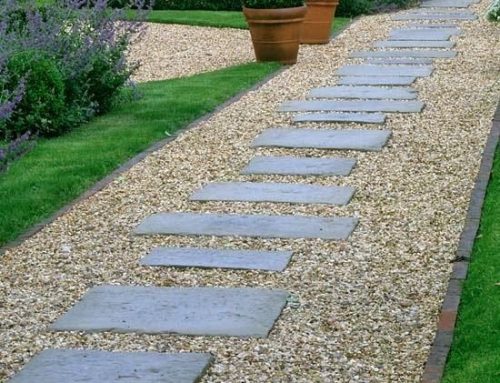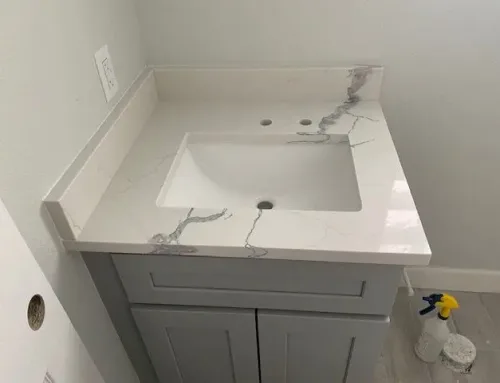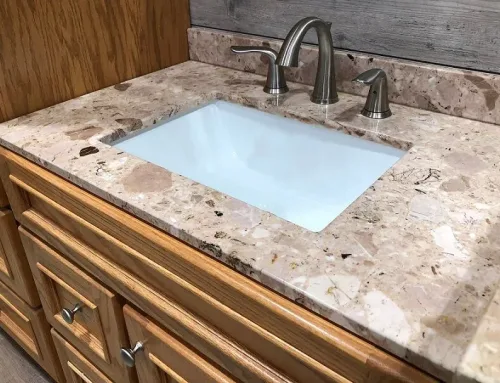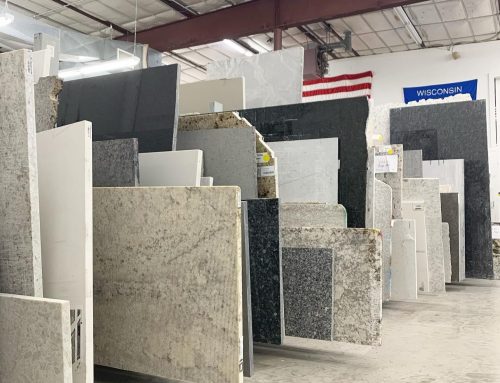Natural stone slabs—the foundation of luxurious countertops, floors, and walls—are more than just a beautiful surface. They are the result of an incredible journey that begins deep within the Earth and culminates in stunning slabs ready for installation. But how are these masterpieces created? Let’s take a step-by-step look at the fascinating process behind the creation of natural stone slabs.
1. Quarrying: The Extraction Process
Moreover the journey of a natural stone slab begins in quarries, which are massive, open-pit mines where stone is extracted from the Earth. Depending on the type of stone—granite, marble, quartzite, or others—the quarrying process involves:
- Drilling and Cutting: Large blocks of stone are extracted using diamond wire saws, drills, and sometimes explosives for harder stones like granite.
- Splitting the Blocks: Once detached from the bedrock, blocks are separated into manageable sizes, often weighing several tons each.
Quarrying requires precision and care to minimize waste and ensure the extracted stone is of the highest quality.
2. Transportation to Processing Facilities
After extraction, the raw stone blocks are transported to processing facilities, sometimes across countries or continents. Also special machinery is used to load and transport these massive blocks to ensure they remain intact.
3. Cutting the Blocks into Slabs
At the processing facility, the stone blocks are sliced into slabs using advanced cutting technology:
- Gang Saws: Equipped with multiple diamond-tipped blades, these saws can cut through stone blocks, producing multiple slabs simultaneously.
- Wire Saws: For precision cutting, wire saws with industrial-grade diamonds are used to achieve smooth, even cuts.
This process determines the initial thickness of the slabs, typically ranging from 2cm to 3cm, depending on industry standards and customer preferences.
4. Polishing the Stone
Also once the slabs are cut, they go through a rigorous polishing process to bring out their natural beauty. This step involves:
- Grinding: The surface is ground down using progressively finer abrasives to smooth out imperfections.
- Polishing: The stone is polished using specialized machines, creating a high-gloss, matte, or leathered finish based on the desired look.
This stage also enhances the stone’s color, veining, and texture, making it ready for display.
5. Inspection and Quality Control
Additionally every slab undergoes thorough inspection to ensure:
- Structural Integrity: There are no cracks, fissures, or weak spots.
- Aesthetic Appeal: The color, pattern, and texture meet industry and customer standards.
Slabs that don’t meet quality requirements may be repurposed for smaller applications.
6. Resin Application (Optional)
In some cases, a resin coating is applied to fill small voids or enhance the stone’s durability. Also this step is common for stones like marble and quartzite, which may have natural pits or fissures.
7. Cutting to Custom Sizes
Once the slabs pass quality checks, they may be further customized by fabricators to meet specific project dimensions. Waterjet cutters and CNC machines are often used for precision cutting and shaping.
8. Finishing Touches and Sealing
Before the slabs are ready for installation, they receive finishing touches, including edge profiling and sealing. Additionally the sealer helps protect the stone from stains and enhances its longevity.
9. Distribution and Installation
The finished slabs are then shipped to distributors, showrooms, or directly to project sites. At this point, skilled installers ensure the slabs are carefully placed and secured, transforming raw stone into a stunning feature in homes or commercial spaces.
A Natural Wonder
Moreover the process of creating natural stone slabs is a perfect blend of nature’s artistry and human craftsmanship, from their formation deep within the Earth to their polished, gleaming state, each slab tells a unique story of geological history and skilled labor. Whether used in kitchens, bathrooms, or architectural features, natural stone brings timeless beauty and durability to any space.





